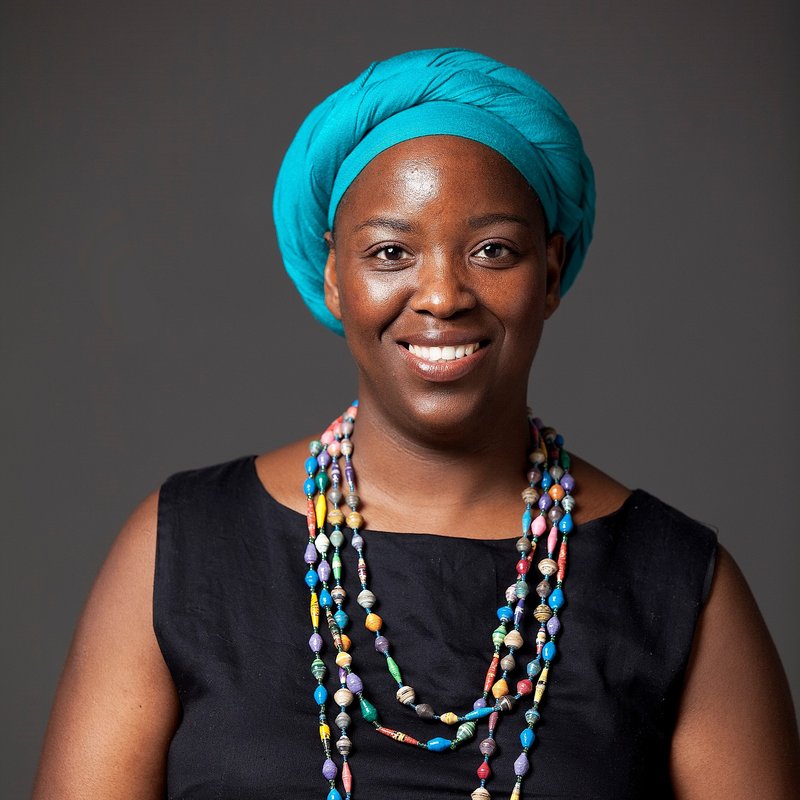A Governance Question in South-Africa

3 December 2020
With growing concern, we have followed the case of our colleague Ernestine White-Mifetu, director of the William Humphreys Art Gallery (WHAG) in Kimberley. The city of Kimberley is with 350,000 inhabitants the largest city in the Northern Cape province of South Africa. The institution is also one of three national art galleries in the country. The National Department of Sports, Arts, and Culture serves as its executive authority whereby the Minister of Sports, Arts, and Culture appoints the WHAG Council to serve as its Accounting Authority.
After spending a decade living in the United States where she earned degrees at several Universities, in 2001 she returned to the shores of South Africa to complete her studies in Curatorship at the University of Cape Town. Over the past 18 years, Mrs. White-Mifetu has worked in several institutions in South Africa where she gained experience in collections management, curation, and more recently in a directorial role in a national museum. She obtained her initial curatorial experience working as the Exhibitions Coordinator (2004-2006) and thereafter as Senior Projects Coordinator for Parliament’s nation-building initiative, the Parliamentary Millennium Programme (PMP) from 2007 to 2011. She also worked as the Curator of Contemporary Art for Iziko’s South African National Gallery between 2014-2019. Last year she was elected to the Board of CIMAM where she has become a voice of great clarity, not only in matters of diversity politics and the presence of Africa in the world but also in the management questions a board has to address.

As an independent artist, Ms. White-Mifetu’s work can be found in major private and institutional collections in South Africa as well as in the United States, notably also in the permanent collection of The Museum of Modern Art, New York.
As WHAG’s first Black female Director in the 68-year history of the institution Ms. White-Mifetu sought to make strides in transforming its exhibitions and public programs by creating stronger ties with the community it serves. Her efforts in transforming the institution’s permanent collection ensured that it was more reflective of the diverse lived realities of all South Africans.
Under the directorship of Ms. White-Mifetu, the institution found a broader national and for the first time international recognition for its efforts in the curation of works by artists from South Africa. Through her efforts, the collaboration with national and international stakeholders within the arts and culture sector provided platforms of support for local artists.
CIMAM’s Museum Watch Committee was therefore highly surprised when word went out that Mrs. White-Mifetu was suspended from her function in the museum. News of this was posted prematurely by WHAG via a communiqué on its Facebook page, a breach of the discretion that is part of such an internal process. The disciplinary hearing took place this month, three months after her precautionary suspension. On Monday 30 November, the Chairperson of the disciplinary hearing laid down her conclusions. To the surprise of the Museum Watch Committee, the Chairperson concluded in favor of the Gallery Council.
The Committee has been following this case for some time now. Upon the request of Mrs. White-Mifetu, the Committee chose not to take a public position over the matter but to allow the disciplinary process to take its course. The documents relating to this matter have now been made public and we are subsequently able to provide our views on the issues. We have a strong impression that the facts reproached to Mrs. White-Mifetu are actually proof of her professionalism but therewith also of the unprofessionalism of the Council that has erroneously accused her.
We wish our colleague all the best in the legal procedure she will no doubt now undertake. We are encouraged by the enormous support from her local and the international arts community in the form of a petition as well as intelligent analyses of the real problem plaguing South Africa’s cultural sector.
The below links are evidence of that:
When a governance conflict such as this arises, ultimately two parties are to be judged, the Director on the one hand and the WHAG Council on the other. If the WHAG Council is dysfunctional – and that seems to be the case here – the executive authority in the form of South Africa’s Minister of Sports, Arts, and Culture should come into play.
In this case, that immediately also activates the ultimate political responsibility. If the WHAG Council is failing, the next question is why is that so, and whether the processes followed to nominate candidates for Councils are adequate. The CIMAM President Ms. Mami Kataoka sent a letter to the Minister of Sports, Arts, and Culture, Mr. Nathi Mthethwa to express the concern of CIMAM, to inquire further about the Council member’s profiles, the procedures of selection and of advising the Minister, and suggesting an external audit to be done to avoid lengthy court proceedings. This positive approach is the starting point of the letter of the CIMAM President to the Minister. We will keep you informed.
3 December 2020
CIMAM – International Committee for Museums and Collections of Modern Art – is an Affiliated Organisation of ICOM – International Council of Museums.